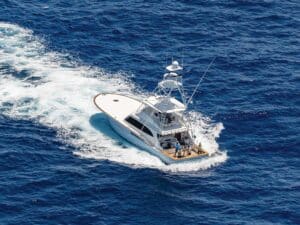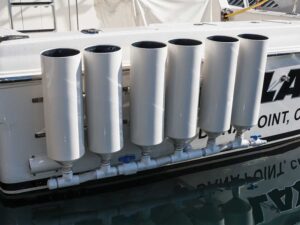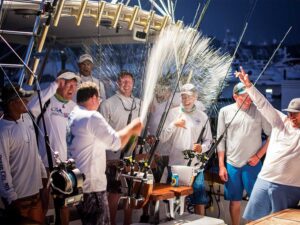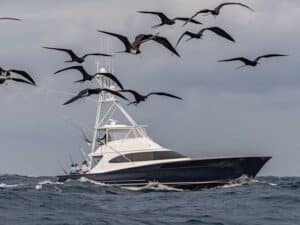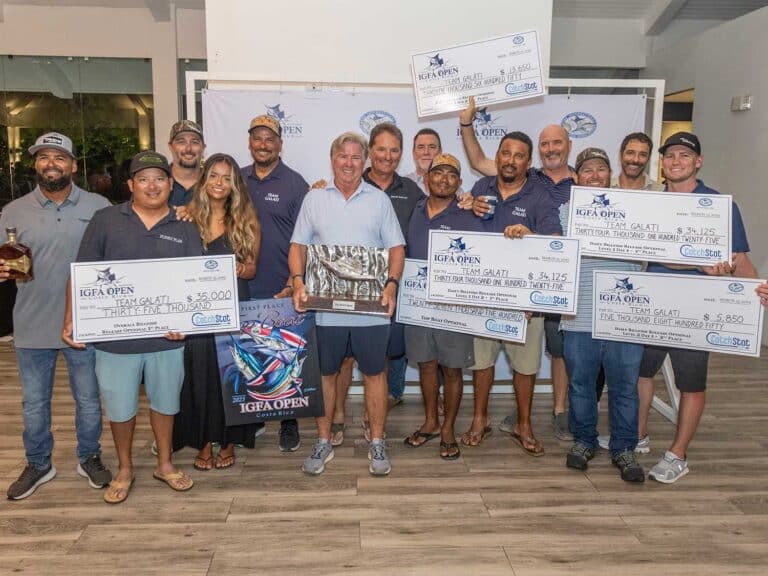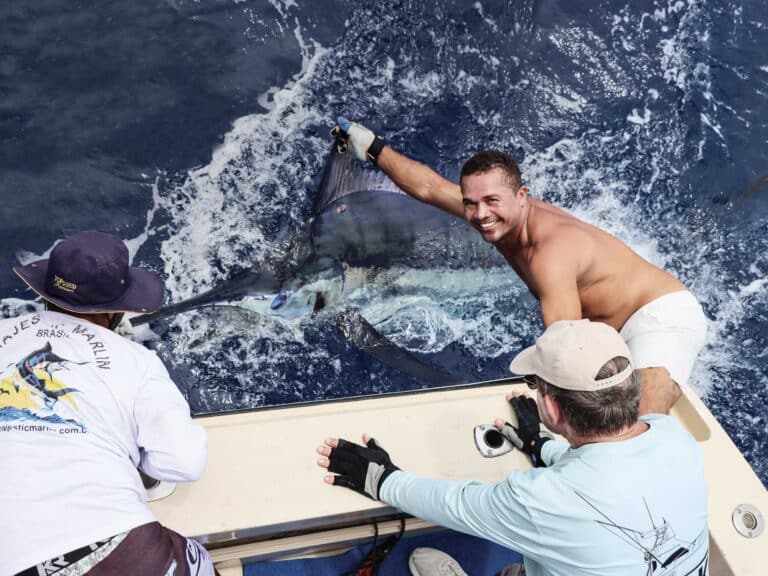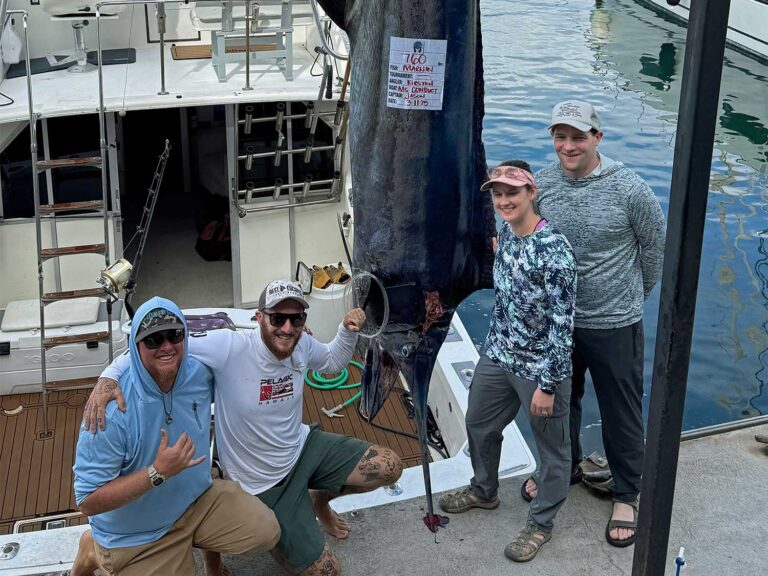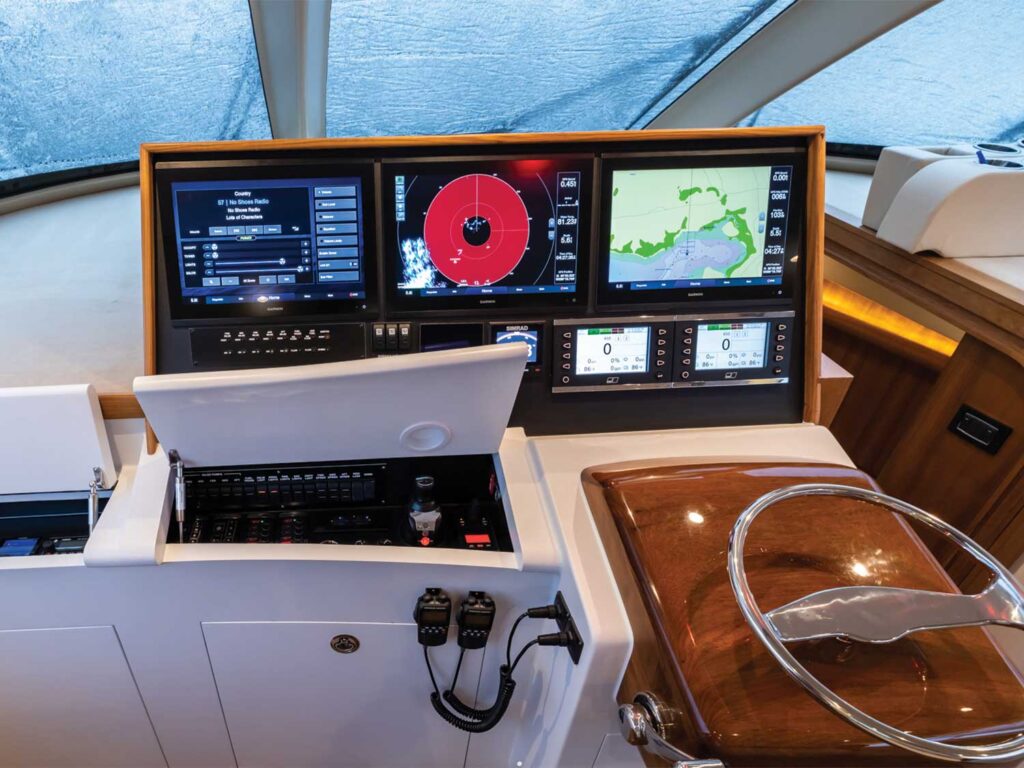
Special delivery: Sign up for the free Marlin email newsletter. Subscribe to Marlin magazine and get a year of highly collectible, keepsake editions – plus access to the digital edition and archives.
I have heard of quite a few accidents over the past few years, from boats running at night and hitting the jetties in South Florida to larger boats actually running over smaller ones. With the popularity of the internet and social media, these incidents are quickly and widely publicized online. And tragically, some of these accidents have resulted in fatalities.
Why? I truly believe most of these operators have their heads buried in their electronics, following the little dotted line instead of having their eyes up and looking ahead. When you lose situational awareness, it’s easy to become confused, especially at night. With the boats hitting the jetties, they might not have seen them in time to slow down or turn away, or the radar could have been shooting over the rocks. There are so many different scenarios. It takes some time to look at all of your electronics—scanning from your engine gauges to the engine-room cameras, radar, chart plotter, sounder—and this is during daylight. Then consider how fast boats go today, and you’ll find you cover a lot of ground at 30 knots or more.
A few years ago, a 60-foot enclosed-bridge sport-fishing boat left Port Everglades and turned south. Multiple mooring buoys were a few hundred yards ahead in about 20 to 30 feet of water. A 20-foot center-console was tied to the mooring ball with a young child and his dad fishing when they saw the big boat heading at them at a high rate of speed. They jumped into the water just in time as the larger vessel rammed their boat, narrowly averting what could have been a very tragic event. The father and son survived, but in the newspaper recap the next day, the operator of the larger boat said the other vessel should have had a flag up in the air to be more visible. But if you can’t see a 20-foot center-console, is a tiny flag really going to help?
Many years ago, we all had a Bahamas guidebook on board when we were fishing in the islands. It even had little diagrams for us to follow to navigate around the coral heads, sandbars and other little obstacles, as well as notes and references to landmarks. For example, put the radio antennae over the pink cottage until you’re 50 yards off the beach; then turn left and find the group of pine trees next to the small church. You’ll find the marina entrance just past them. We all used this guide, and it taught us to keep a good eye out for things.
Read Next: Low-Tech Strategies for Fishing.
Now we have our faces buried in a digital screen like a teenager playing a video game. We’ve become so dependent on a little navigation track line to stay on while plying the shallows of the Bahamas or cruising the Intracoastal Waterway, but both keep shifting and changing all the time. That’s how people still manage to run aground, even with all those expensive electronics at the helm.
Do yourself a favor this summer and keep a sharp eye out for all those things around and under your boat, not just what’s on a screen.
